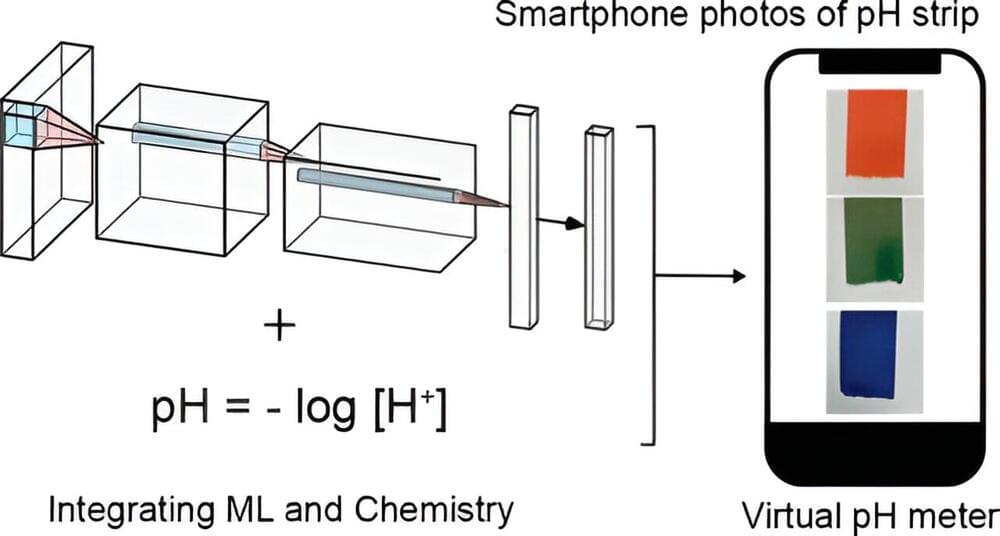Get the latest international news and world events from around the world.
Arnold Schwarzenegger’s Insights on Equality, Inclusivity, and Success
Ryan speaks with Arnold Schwarzenegger on how to be useful while we still have the time, the mental, physical and psychological benefits to nurturing the mind and body, keys moments during his bodybuilding career, running for governor and more… Arnold Schwarzenegger is an Austrian and American actor, businessman, filmmaker, former politician, and former professional bodybuilder best known for his roles in high-profile action movies. He served as the 38th governor of California from 2003 to 2011 and was among Time magazine’s 100 most influential people in the world in 2004 and 2007. Be Useful: Seven Tools For Life is written with Arnold Schwarzenegger’s uniquely earnest, blunt, powerful voice. It takes readers on an inspirational tour through his toolkit for a meaningful life. Arnold shows us how to put those tools to work, in service of whatever fulfilling future we can dream up for ourselves. He brings his insights to vivid life with compelling personal stories, life-changing successes and life-threatening failures alike—some of them famous, some told here for the first time.

New high school curriculum teaches color chemistry and AI simultaneously
North Carolina State University researchers have developed a weeklong high school curriculum that helps students quickly grasp concepts in both color chemistry and artificial intelligence—while sparking their curiosity about science and the world around them.
To test whether a short high school science module could effectively teach students something about both chemistry—a notoriously thorny subject—and artificial intelligence (AI), the researchers designed a relatively simple experiment involving pH levels, which reflect the acidity or alkalinity of a liquid solution.
When testing pH levels on a test strip, color conversion charts provide a handy reference: more acidic solutions turn test strips red when a lot of acidity is present and turn test strips yellow and green as acid levels weaken. Test strips turn deep purple when liquids are highly alkaline and turn blue and dark green as alkaline levels decline.
Dennett’s Quining Qualia Argument
In this famous article, Quining Qualia, Daniel Dennett argues against property dualist views that advocate for the existence of qualia. This is part of Prof…
Neuroscience Beyond Neurons: bioelectricity underlies the collective intelligence of cellular swarms
This is a talk I gave to a neuroscience audience for the Harley Hotchkiss Memorial Lecture at the Canadian Centre for Behavioural Neuroscience at the Univers…
Graziano’s Attention Schema Theory, part 2
Professor Matt McCormick’s second lecture for Philosophy of Mind, Phil 153, at California State University, Sacramento, about Michael Graziano’s Attention Sc…
Graziano’s Attention Schema Theory part 1
Professor Matt McCormick’s lecture for Philosophy of Mind, Phil 153, at California State University, Sacramento, about Michael Graziano’s Attention Schema Theory of Awareness.
Google Gemini AI Model: Surpassing GPT 4 and Breaching 90% MMLU Score
The Memo: https://lifearchitect.ai/memo/ Gemini details: https://lifearchitect.ai/gemini/ Gemini demo: https://bard.google.com/ https://www.financialsense.com/ Recorded 8/Dec/2023 @ 5AM Perth time! More Alan: https://lifearchitect.ai/ https://lifearchitect.ai/gemini/

Seattle biotech hub pursues ‘DNA typewriter’ tech with $75M from tech billionaires
A new Seattle biotech organization will be funded to the tune of $75 million to research “DNA typewriters,” self-monitoring cells that could upend our understanding of biology. The collaboration between the University of Washington, the Chan-Zuckerberg Initiative and the Allen Institute is already underway.
Called the Seattle Hub for Synthetic Biology, the joint initiative will combine the expertise of the two well-funded research outfits with that of UW Medicine, working in what UW’s Jay Shendure, scientific lead for the project, called “a new model of collaboration.”
The Hub (not to be confused with the HUB, or Husky Union Building, on UW’s campus) aims to strike a balance between a disinterested intellectual academic approach and a development-focused commercial approach. The $75 million will fund the organization for five years, with the option to renew then.

Google Unveils Powerful New AI Said to Out-Think ChatGPT
Google on Wednesday infused its Bard chatbot with a new-generation artificial intelligence model called Gemini, which it touts as being able to reason better than ChatGPT and other rivals.
The search engine juggernaut is aiming to take the generative AI lead from ChatGPT-maker OpenAI as that company deals with the aftermath of a boardroom coup that saw chief executive Sam Altman fired and then rehired within a matter of days.
Google has for years discreetly developed AI powers but was caught off guard when OpenAI late last year released ChatGPT and teamed up with Microsoft to make its capabilities available to users worldwide.